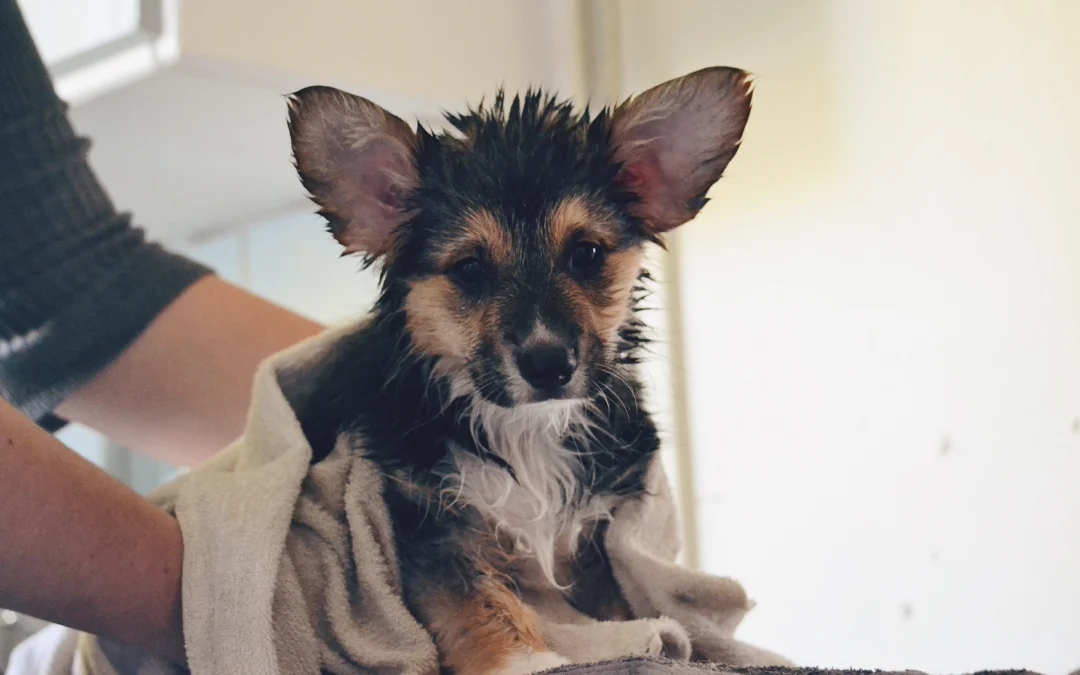The Basics of Dog Grooming
Grooming is a crucial part of keeping your dog healthy and happy. It’s not just about keeping them looking good—it’s about maintaining their overall well-being. Regular grooming helps prevent health issues, like matting, ear infections, and dental problems, while also providing an opportunity to bond with your pet.
In this guide, we’ll cover the essential dog grooming tips that every pet parent should know. Whether you’re a first-time dog owner or a seasoned pro, these tips will help you take care of your dog’s grooming needs.
- Brush Your Dog Regularly
Brushing is one of the most important grooming tasks, but it’s often overlooked. Regular brushing prevents mats and tangles, reduces shedding, and helps distribute your dog’s natural oils, keeping their coat shiny and healthy.
How Often to Brush:
Long-haired dogs: Brush 3-4 times a week.
Short-haired dogs: Brush weekly.
What You’ll Need:
A slicker brush for tangles or mats.
A deshedding brush if your dog sheds a lot.
- Bathe Your Dog Correctly
Bathing your dog is essential for maintaining clean skin and fur, but over-bathing can strip their coat of natural oils. You don’t need to bathe your dog too often—typically every 4-6 weeks is sufficient.
How to Bathe Your Dog:
Brush your dog before bathing to remove tangles and loose hair.
Use lukewarm water to avoid any discomfort.
Choose a dog-specific shampoo that’s gentle on their skin.
Thoroughly rinse and dry with towels or a blow dryer if your dog has a thick coat.
- Trim Your Dog’s Nails Regularly
Nail trimming is often forgotten but is an essential part of grooming. Overgrown nails can cause pain, affect mobility, and even lead to injury.
How Often to Trim Nails:
Depending on the breed, your dog’s nails may need trimming every 2-4 weeks.
What You’ll Need:
Nail clippers specifically designed for dogs.
Styptic powder in case you accidentally cut too short.
Tips for Safe Trimming:
Cut in small increments and avoid the quick (the pink part inside the nail).
If you’re unsure, take your dog to a professional groomer for a trim.
- Clean Your Dog’s Ears
Ear cleaning is essential, especially for breeds with floppy ears, as they can trap moisture and bacteria, leading to infections. Regular ear cleaning helps prevent these problems.
How Often to Clean Ears:
Check your dog’s ears weekly, and clean them if they appear dirty or have an odor.
What You’ll Need:
Ear cleaning solution formulated for dogs.
Cotton balls or gauze pads.
How to Clean Ears:
Apply the ear cleaner to a cotton ball.
Gently wipe the inside of the ear, removing wax and debris.
Never insert anything into the ear canal, as this could damage the ear.
- Brush Your Dog’s Teeth
Dental care is often overlooked, but it’s an important part of grooming. Regular brushing helps prevent plaque buildup, gum disease, and bad breath.
How Often to Brush Teeth:
Aim to brush your dog’s teeth 2-3 times a week.
What You’ll Need:
Dog toothpaste, which is safe for pets.
A dog toothbrush or finger brush.
How to Brush:
Let your dog get used to the taste of the toothpaste.
Gently brush in small circles along the gum line.
Reward your dog with treats for positive reinforcement.
- Regular Check-ups for Health Issues
While grooming, take time to check for signs of health issues. Look for skin irritation, lumps, bumps, or anything unusual that could indicate an underlying problem. Regular grooming sessions give you the chance to monitor your dog’s overall health.
Signs to Look For:
Dry or flaky skin could indicate allergies or infections.
Lumps or bumps might need to be checked by a vet.
Odors can sometimes indicate ear infections or dental issues.
Grooming for Health and Happiness
Grooming is more than just a way to keep your dog looking great—it’s an essential part of their health and well-being. By brushing, bathing, trimming nails, cleaning ears, and caring for their teeth, you can ensure that your dog stays happy, comfortable, and healthy. Remember, grooming is also an opportunity for you to bond with your pet, so make it a positive experience for both of you!


Recent Comments